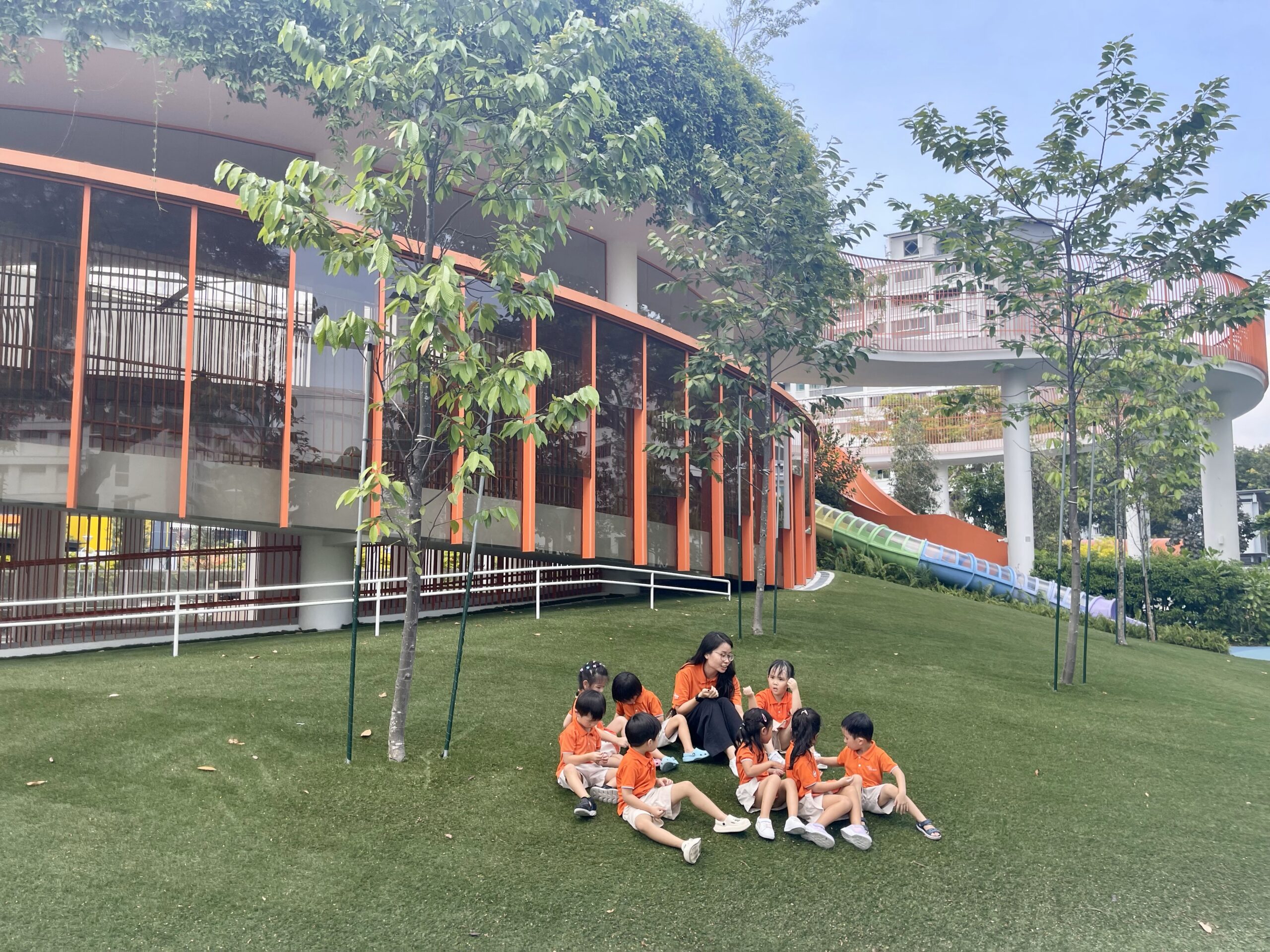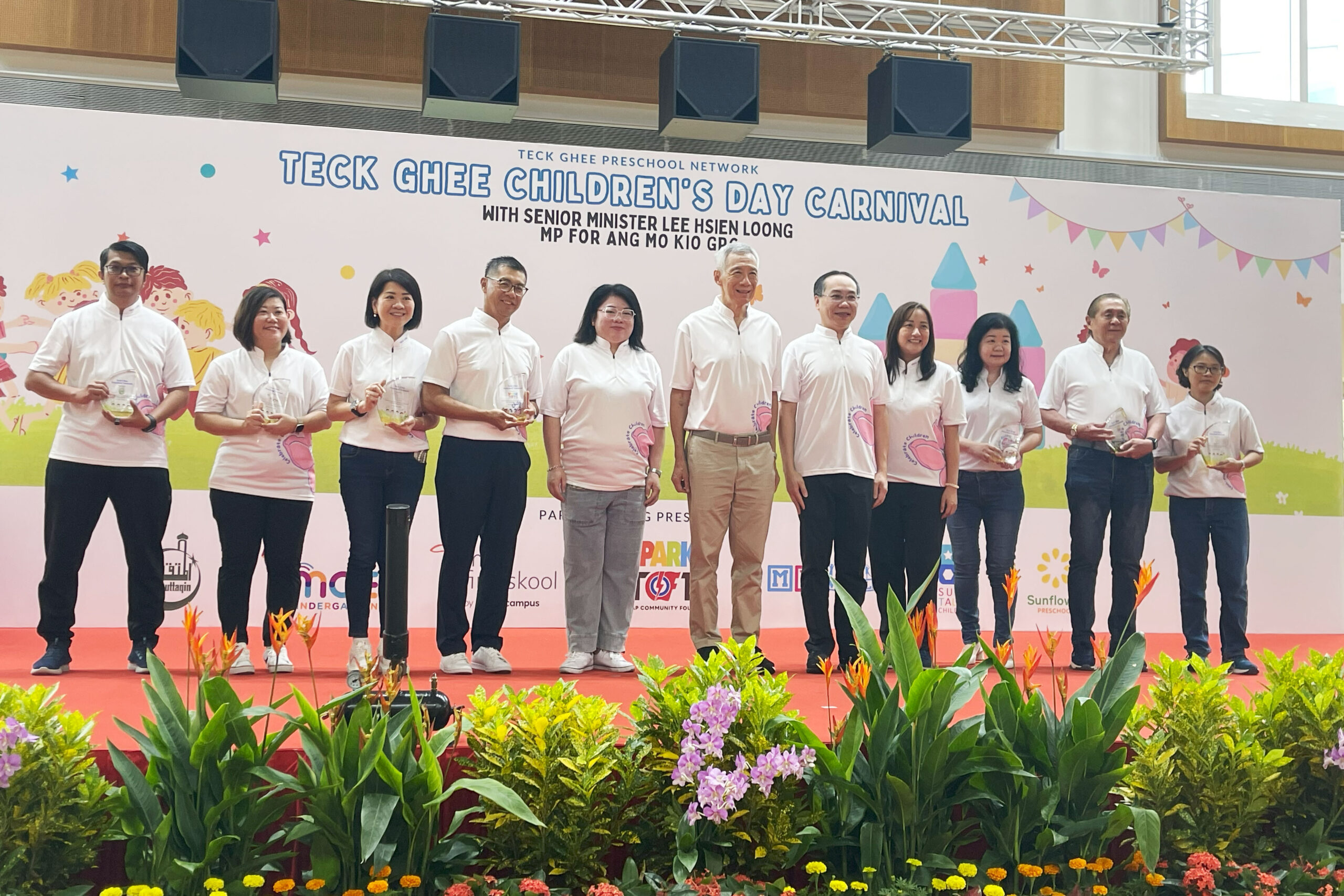![]()
![]()
Exploring the Diverse Learning Styles of Children
PUBLISHED
31 May 2024

Each child is unique, with their own set of preferences and inclinations, especially when it comes to learning. As such, unlocking their potential involves understanding different learning styles and customised teaching approaches to enhance the educational journey.
At NTUC First Campus, an early childhood education provider in Singapore, we believe in a holistic approach to education, catering to the individual needs of each child within the golden window of early development.
Keep reading to explore different learning styles and learn how educators at NTUC First Campus’s preschools in Singapore tailor their teaching approaches to meet each child’s learning needs.
Visual Learners

Some young minds unfold their potential through the lens of visuals. These are the visual learners, children who thrive when presented with images, charts, graphs, and other visual aids such as books. Recognising the significance of visual stimuli in the cognitive development of children, educators at My First Skool (MFS), a preschool under the ECDA Anchor Operator scheme, employ a hands-on approach, integrating everyday objects into class activities to demonstrate numeracy concepts. Educators also provide a myriad of mediums for visual expression, such as through puppetry, where children are encouraged to be creative in expressing their ideas, feelings, and experiences.
Children with a love for reading and writing are also visual learners who will excel in activities that involve decoding written symbols, whether it be through early reading exercises, exploration of written materials, or expressing themselves through the act of writing.
Auditory Learners

Children who are auditory learners feel most comfortable in environments where listening, spoken instructions, and discussions are emphasised. That is why parents are encouraged to actively engage with their children through meaningful conversations, as it plays a pivotal role in fostering early development. For instance, narrating daily routines, such as saying, “Time to change your nappy,” not only establishes a routine but also contributes to the child’s receptive language development. Even though they may not yet express themselves verbally, they gradually comprehend and internalise the spoken language.
Kinesthetic Learners

Kinesthetic learners absorb information best when they can physically interact with their surroundings. Whether it is counting numbers by jumping or expressing themselves through the act of writing, these activities not only cater to the different learning needs of kinesthetic learners but also provide a comprehensive approach to learning that engages both the mind and body.
At My First Skool, this philosophy extends to the outdoors, where children are provided with opportunities for hands-on experimentation and exploration. Engaging in activities in nature helps children make sense of the world around them. As children navigate the outdoor environment, they naturally develop spatial awareness, enhanced motor skills, self-confidence through risk-taking, and more. Furthermore, at Little Skool-House, the creative writing programme helps children express their imagination and develop their language skills, preparing them for success in primary school and beyond.
Nurturing Bright Minds With Tailored Support
At My First Skool and Little Skool-House, our curricula are designed to offer a variety of experiences, ensuring that every child engages in a stimulating and enriching learning journey.
Topics:
Share this article
Newsroom
Stay informed on the latest news and happening in NFC and the industry






